Buying a dog is an exciting time, but it is also one of the biggest decisions you will make. With so many puppies and older dogs being consigned to a life in a rescue centre or kennels, making sure you get the right breed, size and type of dog for your family is very important. As the old adage goes: a dog is for life, not just for Christmas.
So, we’ve put together the ultimate guide which walks you through how to buy a dog, to make sure you and your four-legged friend are happy together for years to come.
With more than 340 recognised dog breeds, not including mongrels, there are literally thousands of pooches out there looking for a new home. But how will you know which is the right pet for you?
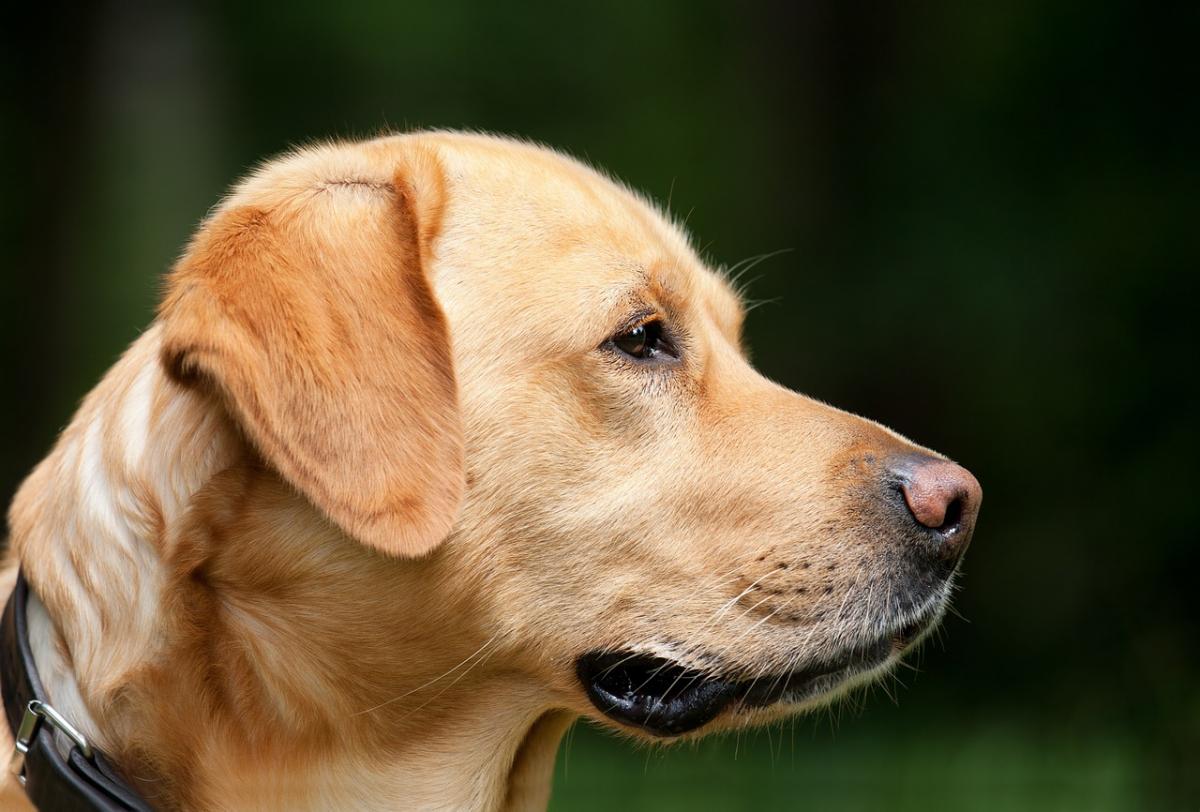
The most common dog breed in the UK is a Labrador. These friendly, calm dogs have been used for years by disabled people to act as guide dogs for the blind or as therapy dogs. Labradors make a perfect family pet due to their easily trainable nature, something which has lead to them being used for hunting as well as sniffer dogs by the police. They are loyal and kind, but they can grow up to 24 inches tall and weigh as much as 36kg – so not the best choice for families looking for a smaller breed.
Also among the most popular breeds, but smaller in stature, are Staffordshire Bull Terriers. Although they have earned a bad reputation due to careless owners, these gentle dogs are known as “nanny” dogs for their loyalty and nurturing nature. Staffies are a very loving breed which the RSPCA say, when cared for properly, make for excellent companions.
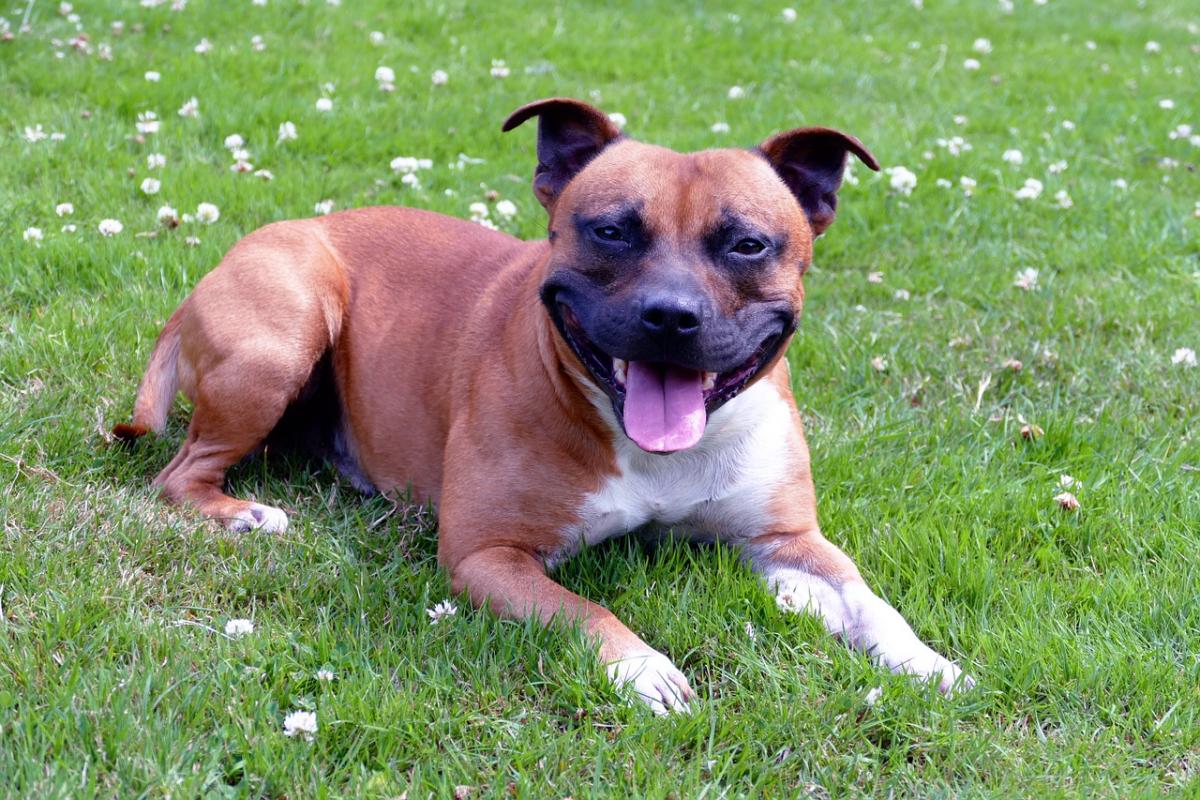
Where should you buy a dog from?
When looking for a dog, it is always best to avoid buying from social media, classified ads or other unregulated places. Puppies for sale can be advertised in local newspapers as well as on the internet with no safeguards or checks done into the quality of the breed or their registration which could see you buying a dog which has health problems or other issues later down the line. Look at rescue centres, regulated breeders and other reputable places to find your dog.
A simple checklist should be carried out whether you are buying or rescuing a puppy: Always ask to see the puppy with its mother and the rest of the litter, ask if you can handle the puppies yourself, make sure you are given a contract of sale from the breeder or seller and also get training, feeding, worming and immunisation information in writing. For a pedigree dog, you should always make sure you are given the dog's papers as proof of its pedigree.
Pedigree or mongrel?
Some people prefer the look and breed of a pedigree dog, while others are content with a healthy mongrel. The decision of whether to choose pedigree or mongrel is yours to take, but there are some considerations.
Pedigree dogs, especially popular breeds, can cost hundreds of pounds. The most common breed, a Labrador, can cost between £600 and £800. Speciality breeds, like an Alaskan Malamute, can cost nearly £1,000 a puppy.
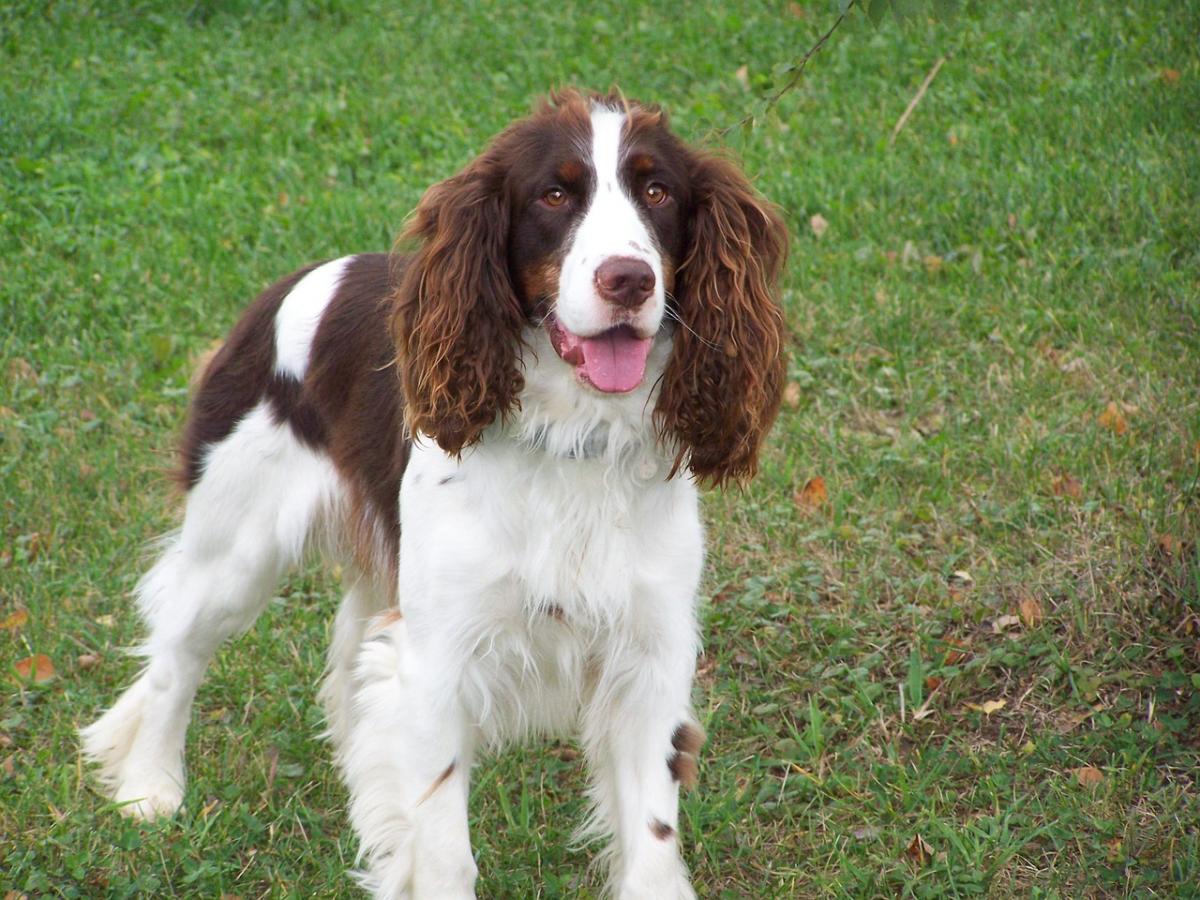
Breeding is very important with pedigree dogs and buyers must be sure the dog is healthy. Some breeds, such as German Shepherds, have hip dysplasia which is a trait made worse by breeding, and pugs or bulldogs can suffer breathing problems as a result of their shortened snout. Checking the puppy over carefully, and asking to see the mother, should allay some of these concerns, but if in doubt ask to see the parent's vetinary history or consult your vet.
Mongrels are usually cheaper than pedigrees although some “fashionable” crossbreeds such a Cockerpoos (cocker spaniel cross poodle) can come with a hefty price tag. As always, checking the dog is happy and healthy before you buy is key and don’t be afraid to question the breeder thoroughly. Any reputable breeder will be more than happy to answer any questions you may have.
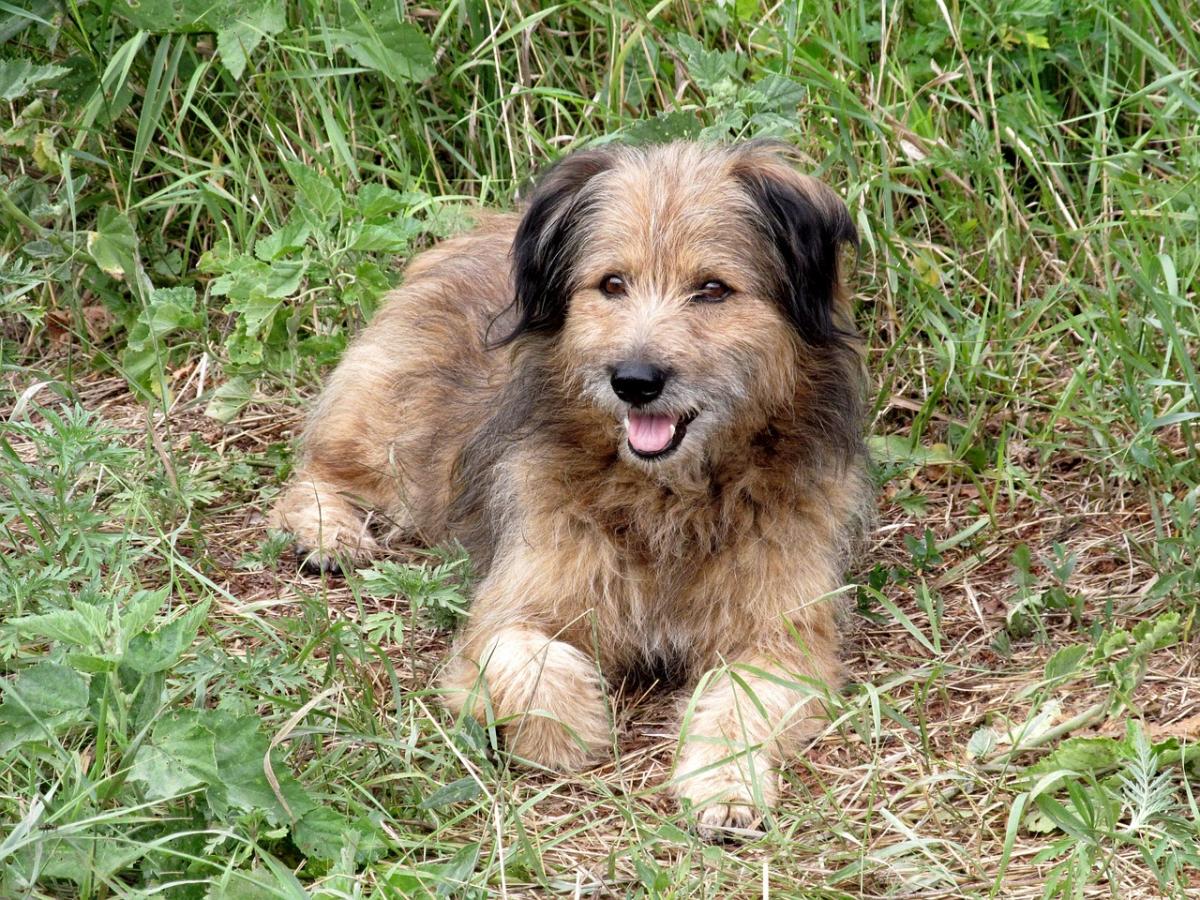
Puppies for sale
There’s no getting away from the fact puppies are very cute! But they also come with a whole set of challenges. When you buy a puppy, you have to be prepared to put in the effort with training and socialising which could take up to a year to get right. However, if you take the time to train your dog consistently and properly, you will be rewarded with many years of loyalty and love from your four-legged friend.
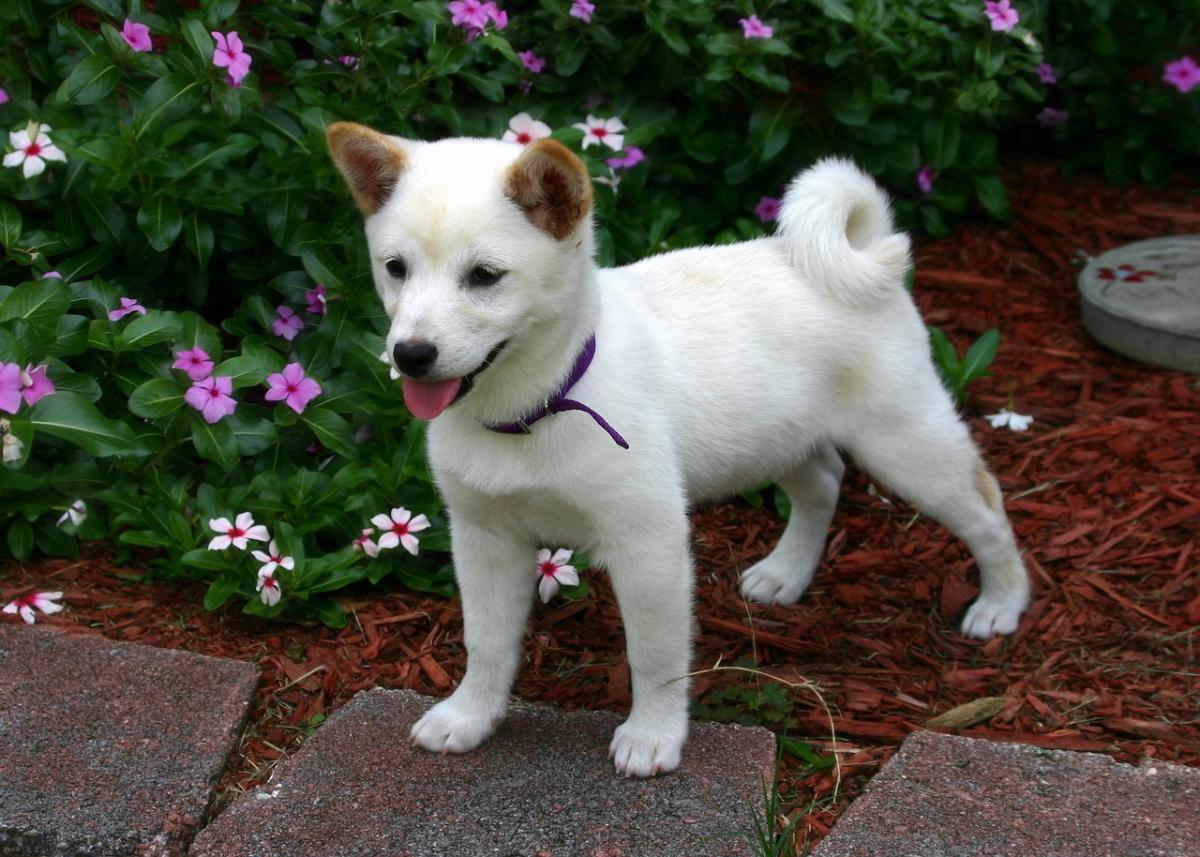
Firstly you must teach your puppy its new daily routine. Have set times for breakfast, walks, playtime and dinner so he or she knows what to expect. Toilet training can be stressful but persevere. Once your puppy has learned how to ask to go outside or where it is allowed to go, life will be much simpler. Once your puppy has mastered its daily routine, you can teach some basic command words like “sit”, “heel” or “stay”. Try to avoid teaching using biscuits and instead heap praise on your puppy when it follows the command correctly.
Remember, this is the best time to get the training right. A little bit of effort and hard work will make it a lot easier for you as your dog grows. Get it wrong now, and correcting bad habits will be a lot harder than teaching correctly the first time round.
Should I rescue a dog?
There are thousands of dogs in kennels across the UK whether through abandonment, behaviour issues or bereavement. A rescue dog may well come with its own set of problems either through ill treatment or having spent too long within a kennel environment rather than a normal household.
Nonetheless, no dog is untrainable and with help, advice and some hard work you can find the perfect new addition to your family. The knowledge that you rescued a dog from a life in a kennel is one of the most rewarding things in the world. With so many dogs waiting to be adopted from a rescue centre, you can truly take the time to view tens of dogs until you meet the right one - or more, if you can't choose. After all, dogs are easy to fall in love with.
How to prepare your home and family for the new arrival?
So you’ve chosen your breed, paid for your new dog and now they’re ready to join your family. Now you have to make sure you are ready to look after your new dog. First thing to do is to make sure you have everything he or she will need including food, a bed, food bowls, dog leads and any treats or toys.
When you first get your dog home, try to keep the house calm (it will be difficult!) and give your dog a bed in a quiet corner so it can explore at its own pace. It may be a good idea to take some time off work in the first couple of weeks your dog is at home, leaving it for short periods and then building up to longer so your dog feels safe and secure. Using things like the kettle, hoover or washing machine could also come as a shock to your dog at first, but after time they will become used to these noises and take them as part and parcel of living in a family home.
Make sure you have a set routine and your dog will not be left for long periods. Split the tasks i.e. feeding, walking, and playtime up between members of your family, and make sure everyone knows it is their responsibility to help look after your new pet. Set times for morning and afternoon walks, breakfast and dinner times, and make sure every member of the family is on board with how to train and look after your dog.
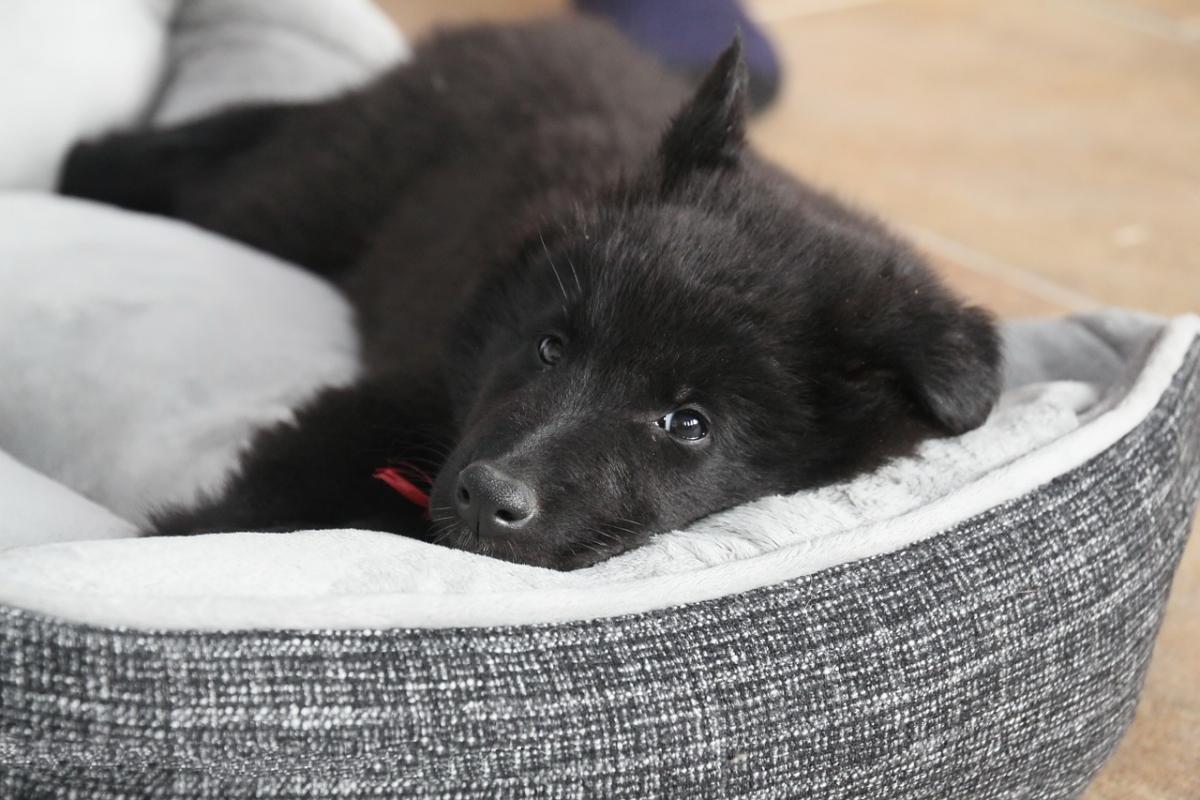
Do some research on the best vet in the area and register your dog there. It is now against the law not to have your dog microchipped, so make sure your details are updated on your dog's microchip. If you buy a puppy, book in immunisations as well as spaying or neutering if you are not planning to breed from your new dog.
Also for puppies, make sure your garden is escape proof and there is nothing at his or her level within the house that may harm them. Puppies like to chew, so while you are training it is best to leave as little as possible around on the floor when you are leaving your dog alone. Put shoes in a cupboard, hang coats on hooks and generally keep the floor as clear as possible to avoid anything getting damaged.
House training your new pet is an important first step to integrating them into your home. Read our guide to help you start the house training process.
You can also research puppy training classes or socialisation. This makes sure you have a structured environment for your dog to meet others as well as extra help and advice to get your dog basic training. If you have a working breed, such as a husky, you may want to join a sledding club or agility as working breeds like to exercise their skills.
Lastly, and most importantly, enjoy every second with your new dog. In time, they will become one of the family and you will wonder how you ever managed without them!

 Shopping Cart
Shopping Cart Rope gundog lead with leather stop
Rope gundog lead with leather stop Rope gundog lead with rubber stop
Rope gundog lead with rubber stop Rope Dog Slip Lead (no stopper)
Rope Dog Slip Lead (no stopper) Rope Slip Lead with Swivel
Rope Slip Lead with Swivel Rope slip/clip lead
Rope slip/clip lead Braided Slip Lead - with a choice of stoppers
Braided Slip Lead - with a choice of stoppers Braided Figure of 8 Slip Lead
Braided Figure of 8 Slip Lead Braided slip lead with swivel
Braided slip lead with swivel Braid slip/clip lead
Braid slip/clip lead Rope double stop slip lead
Rope double stop slip lead Braid double stop slip lead
Braid double stop slip lead Rope dog clip lead with ring
Rope dog clip lead with ring Rope hand loop lead with clip
Rope hand loop lead with clip Braided Lead with Clip and Ring
Braided Lead with Clip and Ring Braided Hand Loop Lead
Braided Hand Loop Lead Rope Dog Clip Lead with Two Handles
Rope Dog Clip Lead with Two Handles Rope Brace Clip Lead with Swivel
Rope Brace Clip Lead with Swivel Rope brace clip lead
Rope brace clip lead Rope brace slip lead with swivel
Rope brace slip lead with swivel Rope brace slip collar
Rope brace slip collar Braid Brace Clip Lead with Swivel
Braid Brace Clip Lead with Swivel Braid Brace Clip Lead
Braid Brace Clip Lead Braided Brace Slip Lead With Swivel
Braided Brace Slip Lead With Swivel Braided brace slip collar
Braided brace slip collar Rope Couples (with clips)
Rope Couples (with clips) Braided couples (with clips)
Braided couples (with clips) Rope triple branch (with clips)
Rope triple branch (with clips) Braid Triple Branch (with clips)
Braid Triple Branch (with clips) Rope dog slip collar with sliding leather stopper
Rope dog slip collar with sliding leather stopper Rope dog slip collar with sliding rubber stopper
Rope dog slip collar with sliding rubber stopper Rope Dog Slip Collar
Rope Dog Slip Collar Braided slip collar with sliding leather stopper
Braided slip collar with sliding leather stopper Braided slip collar with sliding rubber stopper
Braided slip collar with sliding rubber stopper Braided Slip Collar
Braided Slip Collar Over Shoulder Rope Clip Lead
Over Shoulder Rope Clip Lead Braided Over-the-Shoulder Clip Lead
Braided Over-the-Shoulder Clip Lead Rope hunting slip lead
Rope hunting slip lead Braided Hunting Lead
Braided Hunting Lead Double ended rope clip lead
Double ended rope clip lead Double ended braid clip lead
Double ended braid clip lead Rope dog show lead with centre pull collar
Rope dog show lead with centre pull collar Braided Show Lead with centre pull collar
Braided Show Lead with centre pull collar Rope Slip Head Collar Lead (Slip Halter)
Rope Slip Head Collar Lead (Slip Halter) Braided Slip Head Collar Lead (Slip Halter)
Braided Slip Head Collar Lead (Slip Halter) Traditional Whistle Lanyard
Traditional Whistle Lanyard Traditional whistle lanyards with 2 clips
Traditional whistle lanyards with 2 clips Wading Staff Lanyard
Wading Staff Lanyard Knife Lanyard (Knife not included)
Knife Lanyard (Knife not included) Knot Ball
Knot Ball Ball on a rope
Ball on a rope